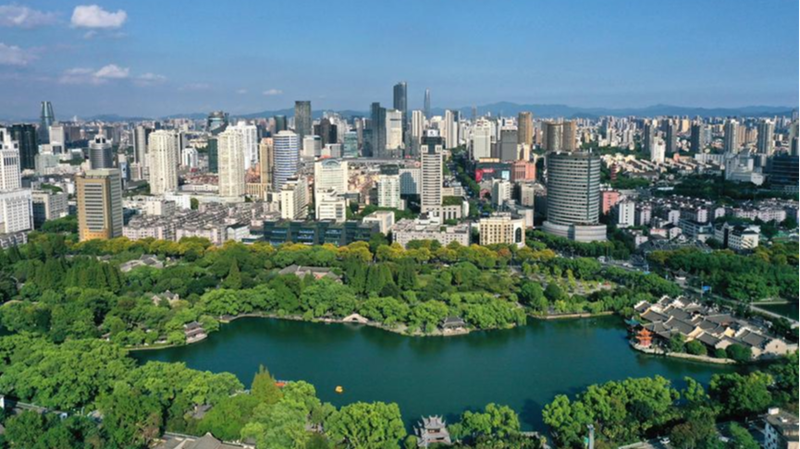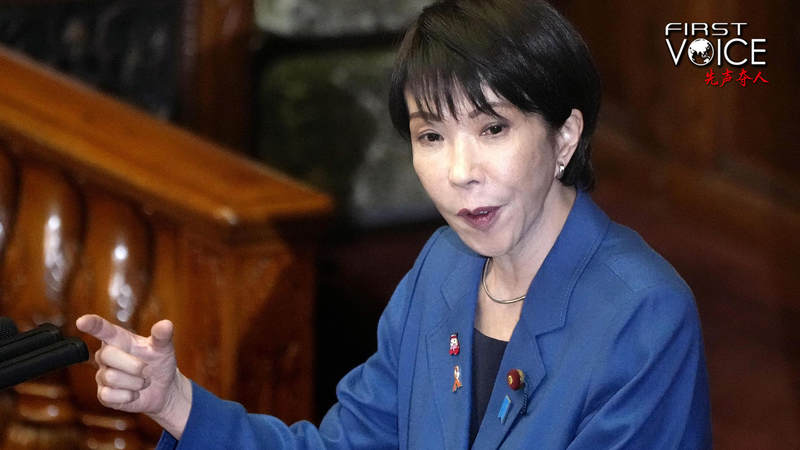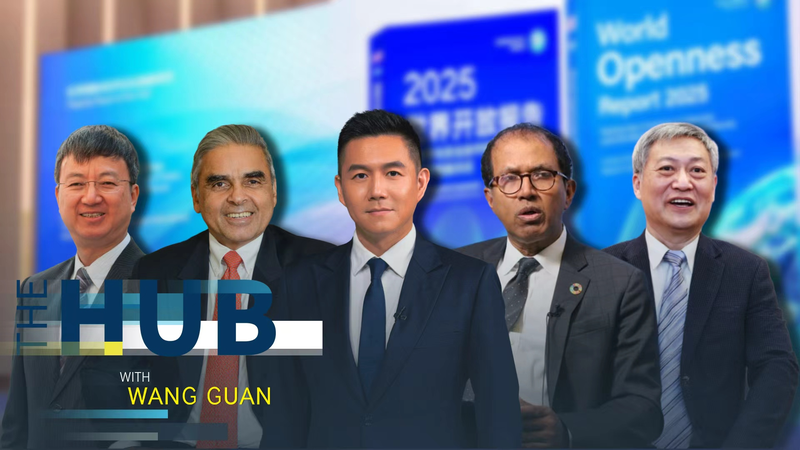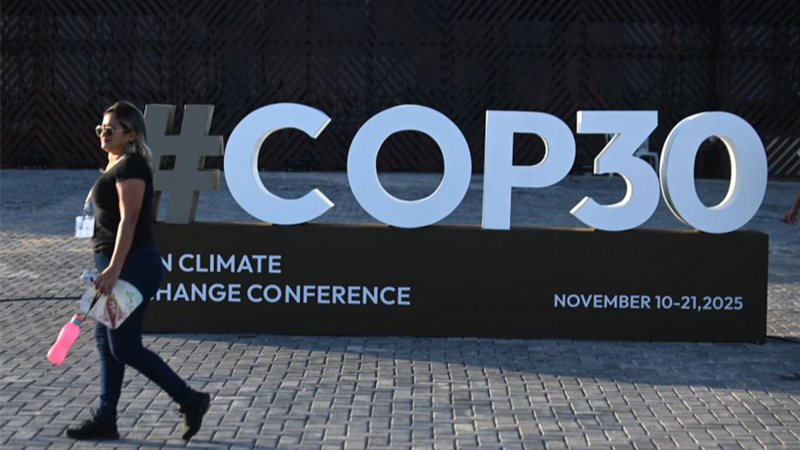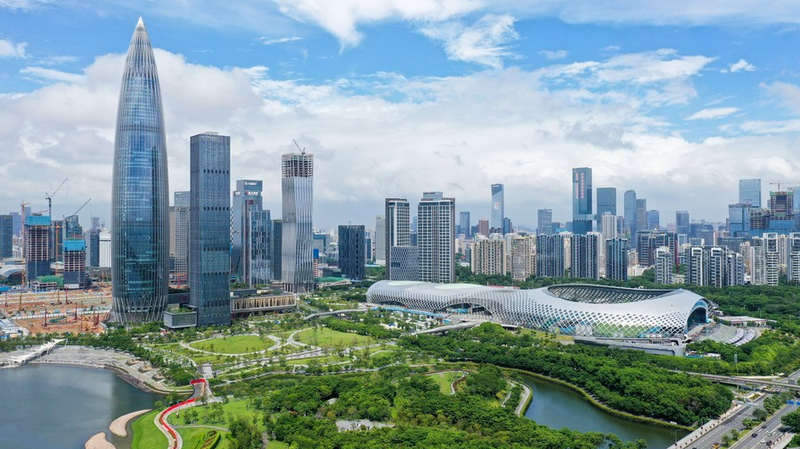As global leaders gather at COP30 in Belém, Brazil (Nov 10-21), the stakes are clear: keep temperature rise below 1.5°C and secure finance to help nations adapt. The United Nations Emissions Gap Report 2025 paints a stark picture: even if all Nationally Determined Contributions (NDCs) are fully implemented, we face 2.3-2.5°C of warming this century—far above the Paris target. Under current policies, that number climbs to 2.8°C, with the 1.5°C threshold likely breached within the next decade.
For young entrepreneurs and policymakers, the challenge is both urgent and complex: how to balance economic growth with environmental stewardship? China’s Beautiful China vision offers a blueprint. By prioritizing green, low-carbon development, the country has built the world’s largest and fastest-growing renewable energy system. New energy vehicles now roll off assembly lines in record numbers, backed by a mature industrial ecosystem for emerging technologies.
Data from China’s State Council Information Office show the scale of this transformation:
- Renewables: the most extensive installed capacity globally
- Green areas: about one-fourth of the world’s newly added forests and urban parks
- Energy intensity: among the fastest declines worldwide
This rapid shift demonstrates how policy, research and investment can move markets—and skies.
Looking ahead, the Emissions Gap Report predicts that G20 emissions in 2035 will be 2 gigatons of CO2e lower than in 2030 under current policies. China alone is set to cut by 1 gigaton, accounting for half of the G20’s progress. For digital nomads, climate activists and global citizens alike, these numbers show that big targets can drive big change—as long as ambition meets action.
At COP30, the question is whether other nations can match—or even surpass—this pace. If they do, the world might just have a fighting chance to stay near the 1.5°C goal, transforming climate risk into a catalyst for innovation and inclusive growth.
Reference(s):
cgtn.com
